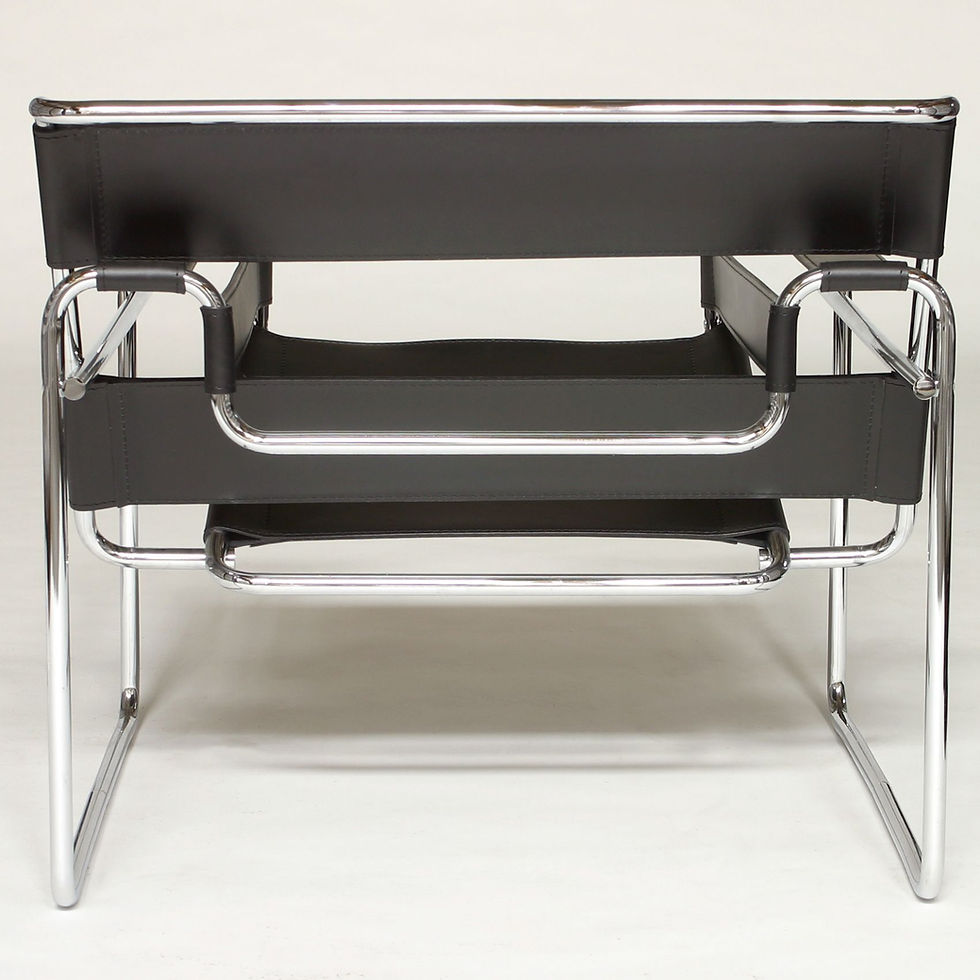KUBUS SOFA TWO SEATER 1910
ABOUT THE QUALITY
Two seater with hardwood frame covered with expanded foam. Cushions in foam and down. Covered in stitched leather sqares. Kubus Sofa MADE IN ITALY.
ABOUT THE PRODUCT
Hoffmann followed up on the success of the Kubus chair with the two seated Kubus Loveseat and the three seated Kubus Sofa. Both these later designs are faithful to the original Kubus blueprint. All three Kubus designs employ a hardwood frame which is usually upholstered in black leather, but white, yellow and burgundy finishes are not unknown.The chair’s uniform, individually hand stitched panels form a tessellated patchwork of upholstered squares which come together to provide a veritable mosaic of cool and comfortableness. The mathematical purity of its measurements coupled with the undeniable stylishness of its execution have meant the Kubus has never gone out of fashion.
ABOUT THE DESIGNER
Josef Hoffmann
Josef Hoffmann was born in Pirnitz, Moravia (now Czechoslovakia) in 1870. He studied architecture at the Academy of Fine Arts in Vienna under Carl von Hasenauer and Otto Wagner, whose theories of a functional, modern architecture profoundly effected his architectural works. He won the Rome prize in 1895 and the following year joined the Wagner’s office. Hoffmann established his own office in 1898 and taught at the Vienna Kunstgewerbeschule from 1899 until 1936. He was a founding member of the Vienna Secession, a group of revolutionary artists and architects. He actively supported the group by designing its exhibitions and writing for the magazine Ver Sacrum. In 1903 he helped found the Wiener Werkstätte. Although Hoffmann’s earliest works belong to a Secessionist tangent of the Art Nouveau, his later works introduced a vocabulary of regular grids and squares. The functional clarity and abstract purity of his later works mark him as an important precursor of the Modern Movement. Cubus Armchair and Cubus Sofa. Designed in 1910 was presented at the International Exhibition held in Buenos Aires on the centennial of Argentinean Independence known as May Revolution. Hoffmann’s constant use of squares and cubes earned him the nickname “Quadratl-Hoffmann”. A highly individualistic architect and designer, Hoffman’s work combined the simplicity of craft production with a refined aesthetic ornament. He died in Vienna in 1956





























